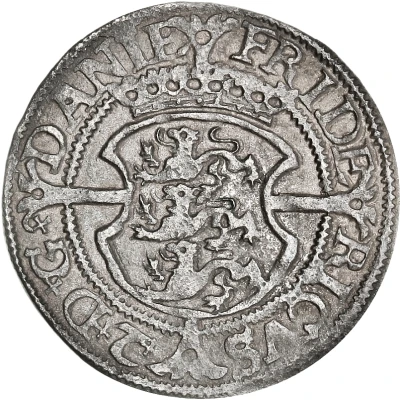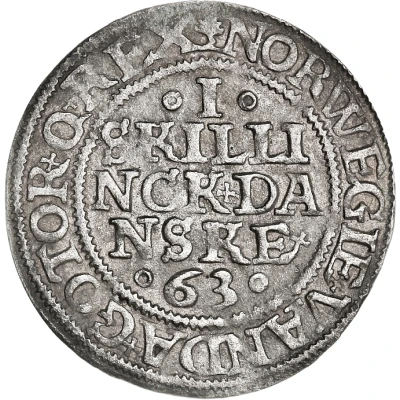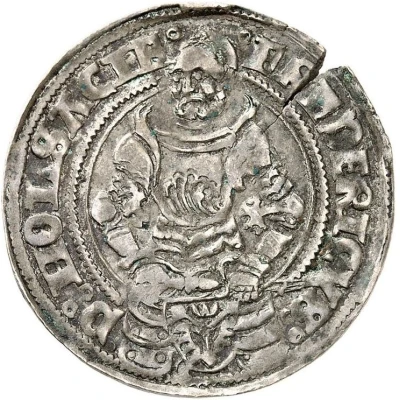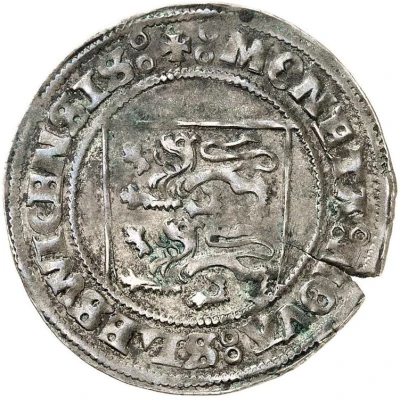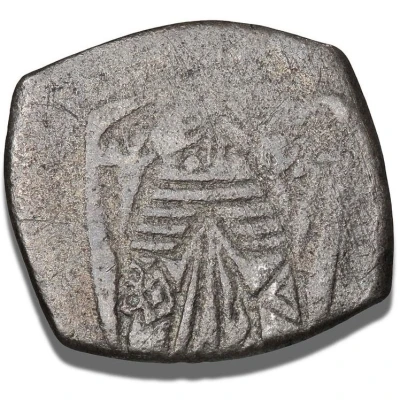
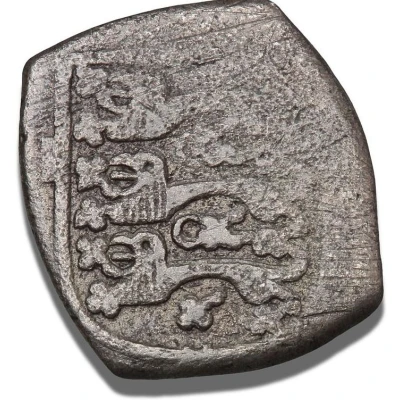

Obverse © Bruun Rasmussen Kunstauktioner
18 Penning "Klippingar" - Christian II ND
| Billon (.208 silver) | 2.15 g | - |
| Issuer | Denmark |
|---|---|
| King | Christian II (1513-1523) |
| Type | Standard circulation coin |
| Years | 1518-1522 |
| Value | 18 Penning (1⁄44) |
| Currency | Gulden (1513-1572) |
| Composition | Billon (.208 silver) |
| Weight | 2.15 g |
| Thickness | 0.15 mm |
| Shape | Square (irregular) |
| Technique | Klippe |
| Orientation | Medal alignment ↑↑ |
| Demonetized | Yes |
| Updated | 2024-10-04 |
| Numista | N#297656 |
|---|---|
| Rarity index | 90% |
Reverse
Crowned shield with three lions.
Comment
During the wars against Sweden in the years 1518-1522, King Christian II had clippings minted. The coins are a result of the war's need for fast and huge minting. These coins are minted with skilling stamps and, after Frederik I's took power, were minted from other types, primarily søslings.In addition to Christian II Klippings, there are forgeries that his Swedish opponent, Gustav Vasa, put into circulation in the years 1521-23 of course with a lower silver content than Christians' and also with low quality.
A lot of sub-types can be recognized. Here the systematics taken from Schou catalogue:
A) Schou 25 (Unique): Lump coin like Malmo Skilling, though without halo and the lions without tongues. The inscription fully visible.
B) Schou 26: Made with cut part of a Malmo Skilling (often central part). Of the inscription sometimes a small part visible. The lions with tongues, the tails end with buds and curls.
C) Schou 27: Same. The tails end with buds without curls.
D) Schou 28: Same. Tails smooth.
E) Schou 29: Same. The lions without tongues. The tails end with buds and curls.
F) Schou 30: Same. Tails smooth.
G) Schou 31: Same. The lions without lower jaws and tongues. Tails smooth.
Interesting fact
One interesting fact about the 18 Penning "Klippingar" coin from Denmark is that it was issued during a time of economic turmoil in the country. The coin was introduced by King Christian II in 1518 as a replacement for the previous 16 Penning coin, and it was intended to help stabilize the economy by reducing the amount of silver in circulation. Despite this intention, the coin's low silver content and small size made it unpopular with merchants and traders, and it was eventually replaced by a new coinage system in 1522. This coin's design and history offer a unique glimpse into the economic and political climate of Denmark during the early 16th century.
